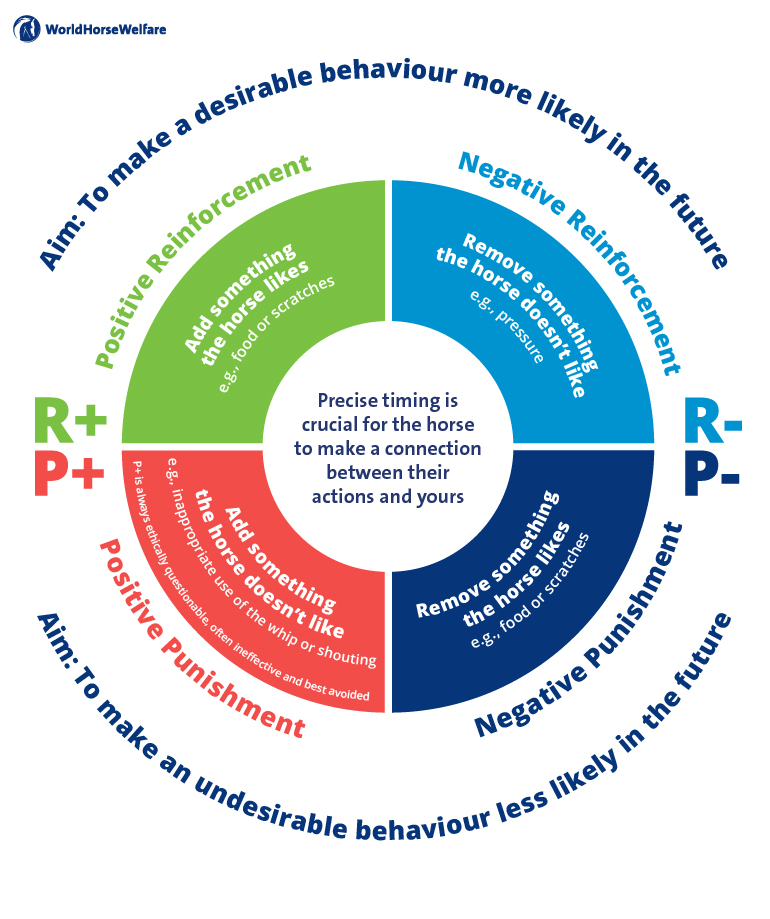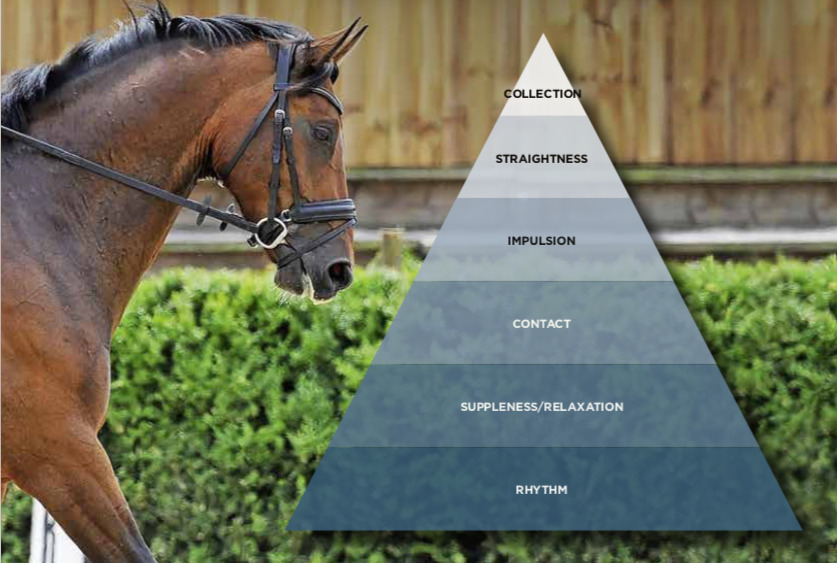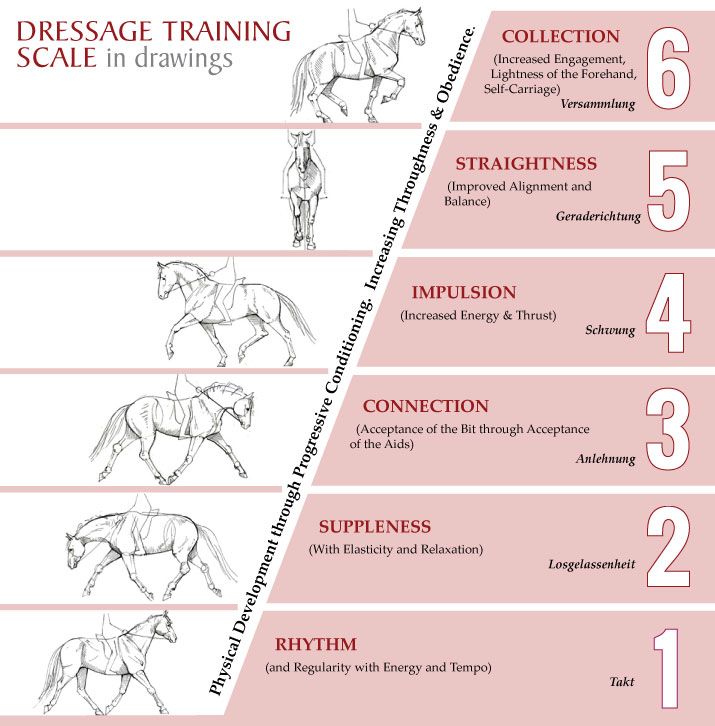Correcting Pushy Behavior in Your Horse Safely

Pushy behavior in horses can be challenging and sometimes dangerous if not addressed properly. This article explores effective, safe methods to correct such behavior, ensuring a harmonious relationship between you and your horse.
Understanding Pushy Behavior

Pushy behavior in horses often manifests as crowding, nipping, pawing, or pushing against handlers. It can stem from various causes such as seeking attention, dominance, fear, or lack of training.
| Common Signs of Pushy Behavior | Possible Causes |
|---|---|
| Crowding or invading personal space | Seeking attention or dominance |
| Nipping or biting | Testing boundaries or fear |
| Pawing or pushing | Impatience or discomfort |
Why Correcting Pushy Behavior is Important
Ignoring pushy behavior can lead to safety risks for both the horse and handler. It can also escalate into more aggressive actions if left unchecked.
Safe Techniques to Correct Pushy Behavior
1. Establish Clear Boundaries
- Use consistent cues to teach your horse about personal space.
- Employ body language and positioning to communicate effectively.
2. Positive Reinforcement
- Reward calm and respectful behavior with treats or praise.
- Avoid punishment that can increase anxiety or aggression.
3. Consistent Training Routine
- Regular, short training sessions help reinforce good behavior.
- Use groundwork exercises to build respect and trust.
4. Use of Tools
- Halters and lead ropes can help guide and control the horse gently.
- Avoid harsh equipment that may cause fear or pain.
Practical Tips for Handlers
- Stay calm and assertive; horses respond to your energy.
- Be patient; behavior change takes time.
- Seek professional help if behavior persists or worsens.
FAQ
Q1: How long does it take to correct pushy behavior?
A1: It varies depending on the horse and consistency of training but expect gradual improvement over weeks to months.
Q2: Can pushy behavior be a sign of pain or illness?
A2: Yes, always rule out medical issues with a vet before training.
Q3: Is it okay to use punishment?
A3: Positive reinforcement is preferred; punishment can harm trust and increase fear.
Summary
Correcting pushy behavior in horses requires understanding, patience, and consistent, gentle training methods. By establishing boundaries and rewarding good behavior, you can foster a safer and more enjoyable partnership with your horse.
Would you like me to help enhance the tone or add more detailed training exercises?
